
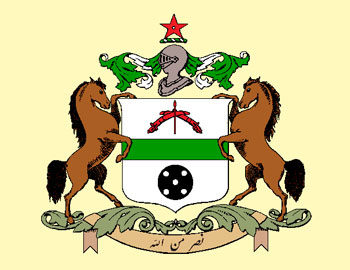
A Princely State was an entity of British India that was not directly governed by British, but rather by an Indian ruler under a form of indirect rule. British had their own monetary system but at least 125 states produced their own coinage, mainly in the period from 1800 to 1900, though the number of them continued to issue coins until 1947. Today, we will discuss and explore the history of the coinage of Tonk Princely State.
Continue reading Coinage of Tonk Princely State
The Mintage World Team comprises of experts, researchers and writers from the field of Philately, Notaphily and Numismatics who try to shed light on some of the most interesting aspects of coins, banknotes and stamps from not just India but across the globe as well.
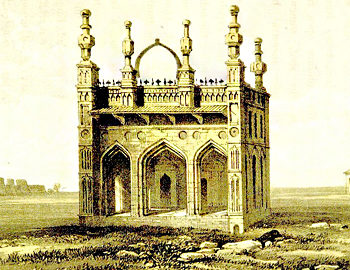
The history of Ahmednagar Sultanate began with the downfall of the Bahmani or Deccan Sultanate. As the Bahmani Kingdom went into decline, it split up into five Sultanates, one of them being the Nizamshahi Sultanate of Ahmednagar. Here in this session, we will see the whole journey of the Coinage of Nizamshahi Sultanate of Ahmednagar. Continue reading Coinage of Nizamshahi Sultanate of Ahmednagar
The Mintage World Team comprises of experts, researchers and writers from the field of Philately, Notaphily and Numismatics who try to shed light on some of the most interesting aspects of coins, banknotes and stamps from not just India but across the globe as well.
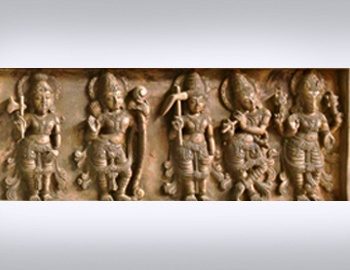
As seen in the previous blog, the concept of Daśāvatāra or ten incarnation of Viṣṇū is an all accepted phenomenon in India. The polytheistic Hindū Dharma believes in the presence of one and more deities that will protect them from the occurrences and recurrences of the Evil. The Concept of Daśāvatāra is a byproduct of this belief. The Depiction of the Daśāvatāra on Indian Coins issued by different dynasties of India is proof of that not only the concept of Daśāvatāra was accepted by the Indian Society but also the idea of Viṣṇū being a major deity was acknowledged. The Depiction of Daśāvatāra on Indian Coins I established the core concept of Daśāvatāra as well as the first five reincarnations of Viṣṇū. In this part, we unveil the rest! Continue reading Depiction of Daśāvatāra on Indian Coins II
The Mintage World Team comprises of experts, researchers and writers from the field of Philately, Notaphily and Numismatics who try to shed light on some of the most interesting aspects of coins, banknotes and stamps from not just India but across the globe as well.
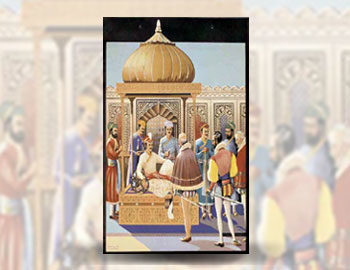
Coins make history speak! They are not just a means of exchange but also a store of value. Their metallic quality helps judge the economic state of a reign while their spread indicates how far a ruler’s sovereignty extended. This huge development of economy and expansion of kingdom can be traced in the coins issued during the reign of Akbar Badshah. Akbar’s coinage provides a powerful reflection of his own personality and they are most beautiful, exquisite and varied among the one that are minted by other Mughal Emperors. Continue reading The Coins of the Glorious Mughal Empire: Akbar’s coinage
The Mintage World Team comprises of experts, researchers and writers from the field of Philately, Notaphily and Numismatics who try to shed light on some of the most interesting aspects of coins, banknotes and stamps from not just India but across the globe as well.
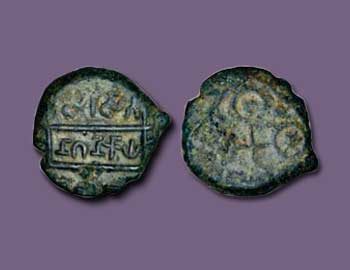
In ancient India women held a higher position in the society, ancient texts are full of such references to justify the contribution of women. The earliest evidence of woman’s position in the society is seen through the findings of the mother goddess and fertility cult worship from the Indus valley civilization. Yet, seldom there will be any reference to women on Indian coins as a sovereign compared to men. Continue reading Affirmation of women empowerment: Women on Indian coins-I
The Mintage World Team comprises of experts, researchers and writers from the field of Philately, Notaphily and Numismatics who try to shed light on some of the most interesting aspects of coins, banknotes and stamps from not just India but across the globe as well.
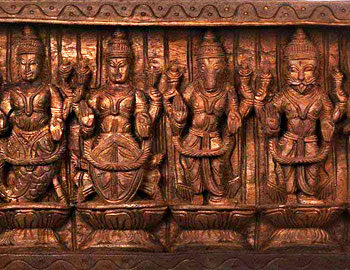
यदा यदा हि धर्मस्य ग्लानिर्भवति भारत ।
धर्मसंस्थापनार्थाय सम्भवामि युगे युगे॥
“It is I who descends to earth from time to time to reinstitute the order when the anarchy prevails” – the concept of Divine descend is a phenomenon that speaks about the manifestation of divinity into a form. In Bhagawad Gitā [1] Shri Kiṣṇa declares that God himself incarnates to eradicate the evil, to put an end to the impious practices and to eliminate the chaos that prevailed in an otherwise peaceful society. These incarnations or the Avatāras is a core concept of Hinduism and being the preserver and sustainer Aspect of God within the Hindu Trinity; they are often associated with Viṣṇu. When pertaining to Avatāras in the Hindu tradition, the most widely associated deity is clearly Viṣṇu. According to the Bhāgavata Purāṇa, Viṣṇu has innumerable Avatāras in unlimited universes, though there are ten major incarnations, known collectively as Daśāvatāra. The concept of Daśāvatāra – ten incarnations of Lord Viṣṇu – is not treated as mere mythological or religious stories in India, but is incorporated in the roots of Indian society in the form of philosophy as well as performing arts and creative arts. The most unusual combination of Daśāvatāra mythology, Indian art forms and the practicality of Indian society is “the Depiction of Daśāvatāra on Indian Coins”.
Continue reading Depiction of Daśāvatāra on Indian Coins
The Mintage World Team comprises of experts, researchers and writers from the field of Philately, Notaphily and Numismatics who try to shed light on some of the most interesting aspects of coins, banknotes and stamps from not just India but across the globe as well.
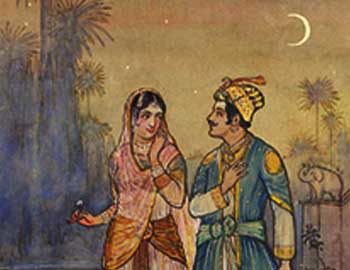
The Mughals hardly require any introduction; it is perhaps the most famous dynasty in Indian history. The coinage of the Mughal Empire occupies a unique position in the history of Indian numismatics. Endowed with the imagination and magnificence of Akbar and Jahangir that was fostered by the later Mughal emperors, Mughals presented a breathtaking example of coinage in terms of art and wealth. Here, in this session, we will see the endearing couplets which beautifully bore on the coins of Jahangir. These soulful couplets are the clear evidence was of his obsession with the Poetries. His obsession reflected excellently through his coins.
Continue reading Passion of the King illustrated: Coins of Jahangir
The Mintage World Team comprises of experts, researchers and writers from the field of Philately, Notaphily and Numismatics who try to shed light on some of the most interesting aspects of coins, banknotes and stamps from not just India but across the globe as well.
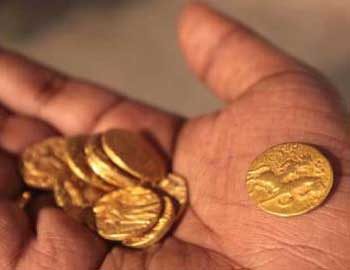
The advent of the Common Era brought the rule of the illustrious Kushan and the Gupta empires. When the mighty Kushan Empire crumbled, many small kingdoms acquired territories. One such was the Gupta dynasty. Starting from a small kingdom in Magadha in the late 3rd century CE, the Guptas gradually extended their rule over a large part of Southern Asia. Under the able and strong leadership of many rulers, this dynasty grew and became deeply rooted in the Indian subcontinent. The empire at its paramount included all of northern India from the Indus in the west to the Brahmaputra in the east and in the south it extended along the eastern coast of the Indian peninsula.
Continue reading The Golden Age of Coins: Gupta Numismatic Art
The Mintage World Team comprises of experts, researchers and writers from the field of Philately, Notaphily and Numismatics who try to shed light on some of the most interesting aspects of coins, banknotes and stamps from not just India but across the globe as well.
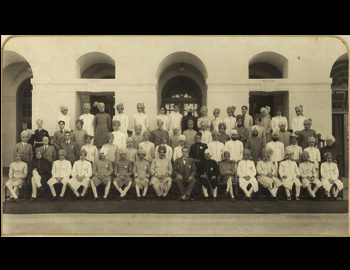
In legal terms, a princely state was defined as ‘Any territory, whether described as a state, an estate, a jagir or otherwise, belonging to or under the suzerainty of a ruler who is under the suzerainty of His Majesty and not being part of British India (under direct colonial administration)’ – Section 31 (I) of the Government of India Act, 1935. This elastic definition applied to entities of diverse size and status, the number of which varied according to different interpretations. Most of the official documents mention 562 princely states, but other governmental sources numbered 600 or more. Out of these 60 of them issued their own Princely state coins. Let’s continue from the last part and look into the ones that did:
Continue reading Coins of Indian Princely States – Part II
The Mintage World Team comprises of experts, researchers and writers from the field of Philately, Notaphily and Numismatics who try to shed light on some of the most interesting aspects of coins, banknotes and stamps from not just India but across the globe as well.

A long ago, around 3700 BCE the world’s one the earliest port was built in the city of Lothal (Gujarat, India) by the people of Indus Valley. And this was the beginning of the maritime history in the Indian subcontinent. So today, we will surf into the Indian maritime history through Indian numismatics; coins with ships and boats.
Continue reading Maritime surf through Indian Coins: Coins with ships and boats
The Mintage World Team comprises of experts, researchers and writers from the field of Philately, Notaphily and Numismatics who try to shed light on some of the most interesting aspects of coins, banknotes and stamps from not just India but across the globe as well.